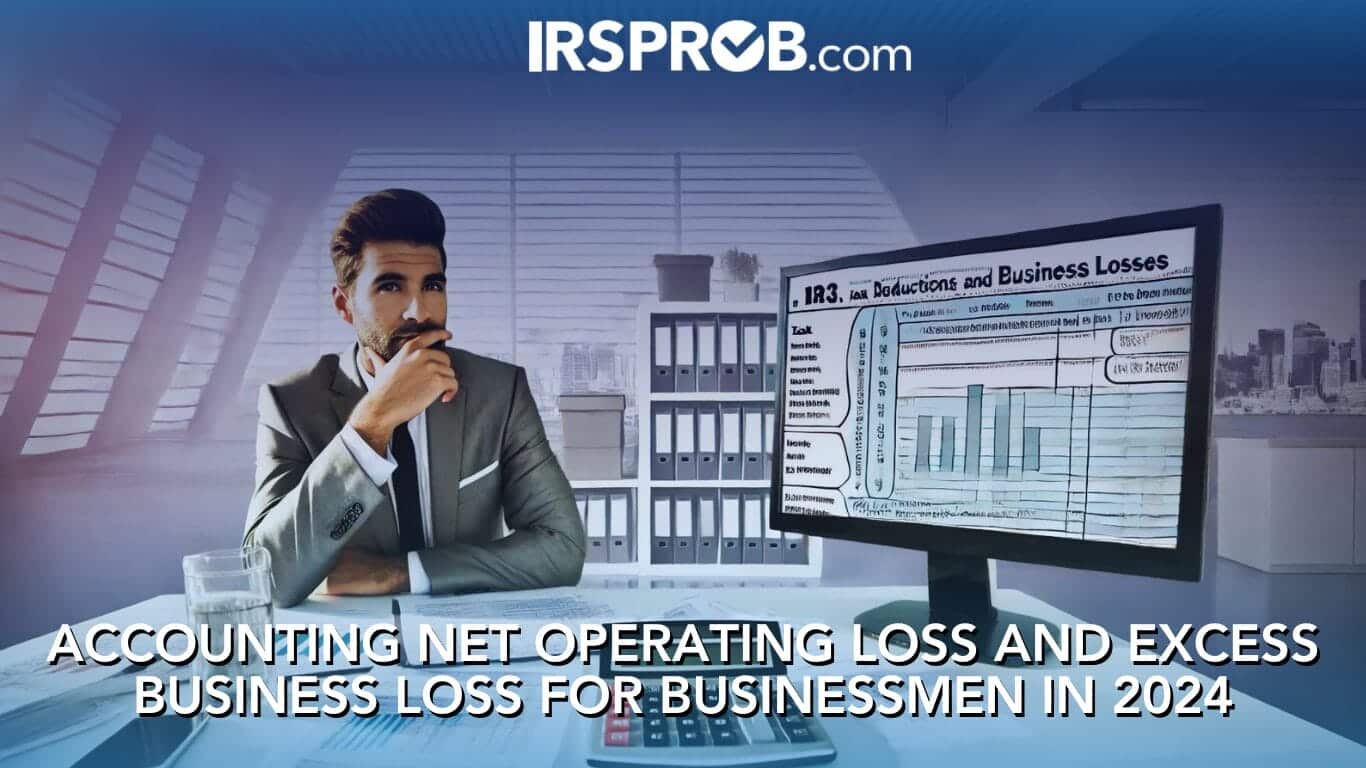
As a business owner, financial setbacks can sometimes lead to more deductions than income. While it may seem like a straightforward benefit to offset losses, the IRS imposes specific limitations on how much of these losses can be deducted in a given year. Two important concepts to understand are Excess Business Loss (EBL) and Net Operating Loss (NOL). Here’s what business owners need to know about navigating these losses in 2024.
What is Excess Business Loss?
An Excess Business Loss occurs when your total deductions from all of your trades or businesses exceed your gross income or gains from all those businesses, plus a threshold amount. For 2024, the threshold is set at $305,000 for single filers or $610,000 for joint filers. Any loss that exceeds this limit cannot be deducted in the current year and must be carried forward as an NOL.
For example, if you have $500,000 in gross income and $850,000 in deductions, the calculation would look like this:
- $850,000 (deductions) – $500,000 (income) – $305,000 (threshold) = $45,000 Excess Business Loss
This $45,000 would not be deductible in 2024 but would be carried forward as part of your NOL to be used in future tax years.
Pass-Through Entities and EBL
For partnerships and S corporations, the Excess Business Loss limit is applied at the partner or shareholder level. This means that each partner or shareholder must apply the loss limits based on their individual income, gains, and deductions from the business.
Passive Activity Loss Rules
Before the EBL rule is applied, business owners must also account for Passive Activity Loss Rules. These rules restrict the ability to deduct losses from businesses in which you do not materially participate. For example, rental activities are typically considered passive, meaning you cannot deduct losses from these activities unless they are offset by other passive income.
Net Operating Loss (NOL) and How It Works
A Net Operating Loss (NOL) occurs when your business deductions exceed your business income. This loss can be carried forward to future years, subject to certain limitations.
For 2024, NOLs are limited to 80% of taxable income in the year the NOL is applied. This means that even if you have a large NOL, you will still owe taxes on at least 20% of your taxable income. Additionally, NOLs can no longer be carried back to previous tax years, except for certain losses like farming or property and casualty insurance company losses, which can be carried back two years.
How to Calculate an NOL Carryforward
The NOL carryforward amount is simply the excess loss that cannot be deducted in the current year. For example, if your business generated an NOL of $100,000, but your taxable income is $50,000, you can only apply 80% of your income ($40,000) as an NOL deduction, and the remaining $60,000 NOL will carry forward to future years.
It’s important to keep in mind that modifications to taxable income must be made to determine how much of the NOL will be used in the current year and how much will carry forward. For instance, if you have both farming and non-farming losses, they must be treated separately.
Planning Ahead for Losses
Business owners should be aware of these rules when planning their tax strategy, especially if they anticipate significant losses in a given year. Proper tax planning can ensure that you maximize the use of your deductions without running afoul of IRS limitations.
Final Thoughts
While Excess Business Losses and Net Operating Losses may seem like burdens, understanding how they work can provide long-term tax benefits. Carrying losses forward to offset future income can help reduce taxable income and preserve cash flow for future business needs. Always consult with a tax professional to make sure you are applying these rules correctly, especially as they can vary based on the structure of your business and your overall financial situation.
By staying informed about these rules, you can better manage your tax liabilities and ensure that you are in compliance with IRS regulations.








